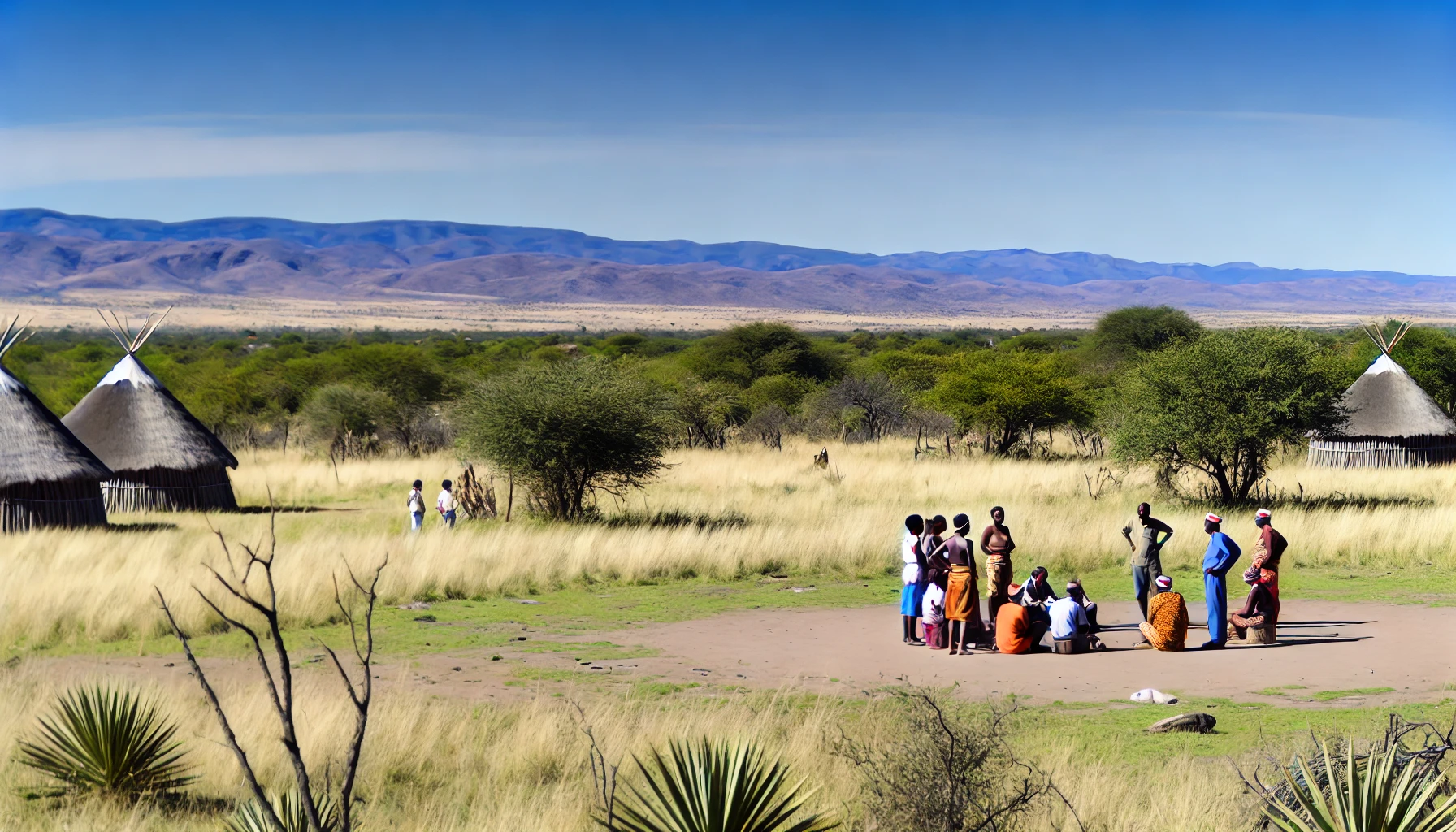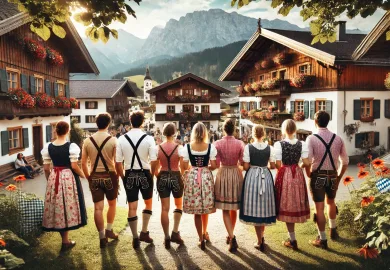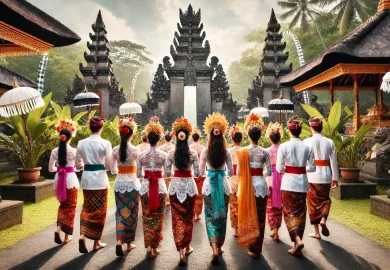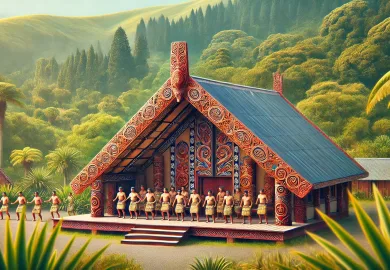
Africa is home to a remarkable diversity of languages, many of which possess unique phonetic characteristics that intrigue linguists and travelers alike. Among these, click languages stand out as some of the most fascinating, offering a glimpse into the continent’s rich linguistic and cultural heritage. These languages, often found in southern Africa, are notable for their distinctive use of click consonants—sounds produced by creating suction with the tongue and releasing it in various ways. They represent some of the world’s most ancient and complex forms of human communication.
Click languages not only carry linguistic significance but also reflect the diverse traditions and histories of the communities that speak them. From the arid deserts of Namibia to the bustling cities of South Africa, these languages are an essential part of African identity. In this article, we explore the origins, characteristics, and cultural importance of click languages in Africa, as well as the efforts being made to preserve them in the modern world.
The Origins of Click Languages
The origins of click languages can be traced back thousands of years to early hunter-gatherer communities in southern Africa. Linguists believe that these languages are among the oldest surviving forms of human speech, offering valuable insights into early human migration and interaction. The majority of click languages are spoken by the Khoisan people, an indigenous group known for their distinct cultural practices and way of life.
Click sounds likely evolved as a natural adaptation to the environment, allowing speakers to communicate effectively over long distances in the open landscapes of southern Africa. These sounds are used in a variety of ways, from everyday speech to signaling danger during hunts. Interestingly, some researchers have hypothesized that click languages may have influenced the development of other African languages, as there are traces of click sounds in Bantu languages spoken in the region.
Despite their ancient roots, click languages remain relevant in the modern world, though many are endangered due to urbanization and the spread of dominant languages like English and Afrikaans. Preservation efforts are underway to document and revitalize these languages, ensuring that they continue to thrive in the communities where they are spoken.
The Unique Sounds of African Click Languages
Click languages are known for their unique phonetic structure, which includes a variety of click consonants that set them apart from other languages. These sounds are produced by clicking the tongue against different parts of the mouth, creating distinct noises that can be classified into three main types: dental clicks, alveolar clicks, and lateral clicks.
- Dental clicks are made by pressing the tongue against the back of the teeth and releasing it, producing a sharp, high-pitched sound.
- Alveolar clicks involve placing the tongue against the roof of the mouth (the alveolar ridge) and creating a popping sound when it is released.
- Lateral clicks are formed by the sides of the tongue hitting the inner cheeks, creating a unique clucking noise.
These sounds are combined with other consonants and vowels to form words, giving click languages a wide range of expressive possibilities. In some languages, like Xhosa and Zulu, click sounds play a secondary role, while in others, like !Kung and Hadza, they form the core of the language’s phonetic system.
The mastery of click sounds requires precise tongue control, and native speakers often learn these intricate sounds from a very young age. For non-native speakers, mastering these clicks can be quite challenging, adding to the mystique and allure of these languages. The uniqueness of click languages has also made them a subject of interest in linguistic studies, with researchers exploring how these sounds have evolved and their role in the broader context of human speech.
Cultural Significance and Heritage of Click Languages
Click languages are deeply intertwined with the cultural heritage of the communities that speak them. For the Khoisan people, language is more than just a means of communication—it is a symbol of identity, history, and tradition. The intricate sounds of click languages reflect the environmental conditions, social structures, and spiritual beliefs of these groups.
Historically, click languages were used not only for everyday conversation but also in rituals, storytelling, and traditional music. The rhythmic patterns of clicks are often echoed in Khoisan songs and dances, showcasing the profound connection between language and culture. For example, during hunting expeditions, Khoisan hunters would use specific click sounds to coordinate their actions and alert one another without disturbing nearby animals.
In modern times, however, the cultural significance of click languages faces challenges due to globalization, modernization, and the dominance of other languages. Many younger generations are growing up in urban areas where English or other regional languages are more prevalent, leading to a decline in the use of traditional click languages. Despite these challenges, there are ongoing efforts by cultural organizations and scholars to promote the preservation of these languages and their associated cultural practices.
In recent years, click languages have gained international recognition through their inclusion in popular media and music, further highlighting their unique place in the global cultural landscape. For example, South African musician Miriam Makeba famously included Xhosa click sounds in her songs, bringing click languages to a worldwide audience and emphasizing their importance in African culture.
Endangered Status and Preservation Efforts
One of the most pressing issues facing African click languages today is their endangered status. Many click languages are spoken by small, isolated communities, and the number of speakers is declining rapidly. As urbanization continues and younger generations adopt more widely spoken languages, the risk of these ancient languages disappearing grows.
Several organizations and linguistic researchers are working to document and preserve these languages before they are lost. One such initiative is the Endangered Languages Documentation Programme, which focuses on recording native speakers and creating digital archives of click languages. These efforts are crucial in preserving not only the linguistic features of these languages but also the cultural knowledge they carry.
In addition to documentation, there are community-driven projects aimed at revitalizing click languages through education and media. Schools in regions where click languages are spoken are incorporating these languages into their curricula, encouraging young people to learn and use them in daily life. Similarly, local radio stations and television programs are promoting the use of click languages in an effort to reach broader audiences.
The preservation of African click languages is not just about saving sounds; it is about protecting the rich cultural heritage of the people who speak them. By preserving these languages, we ensure that future generations can continue to engage with their history, traditions, and identity in a meaningful way.
By shedding light on the origins, uniqueness, cultural significance, and endangered status of click languages, it becomes evident that these languages are much more than a linguistic curiosity. They are a vital part of Africa’s rich cultural fabric, connecting past, present, and future generations. As efforts to document and preserve them continue, the world can better appreciate the beauty and complexity of these unique sounds and the people who speak them.








